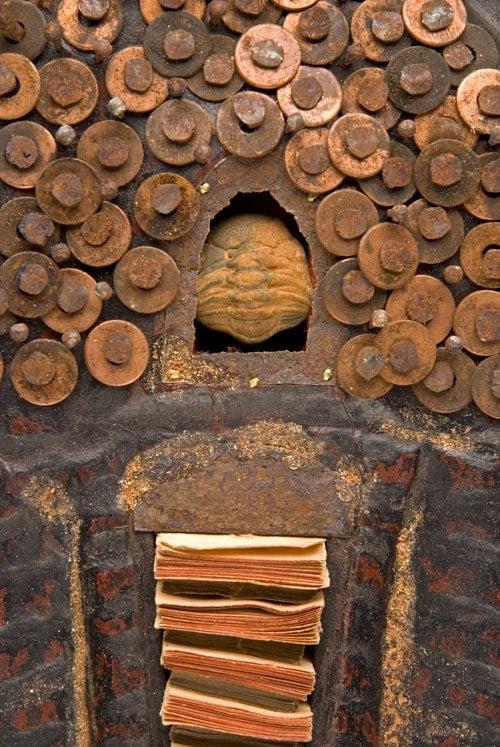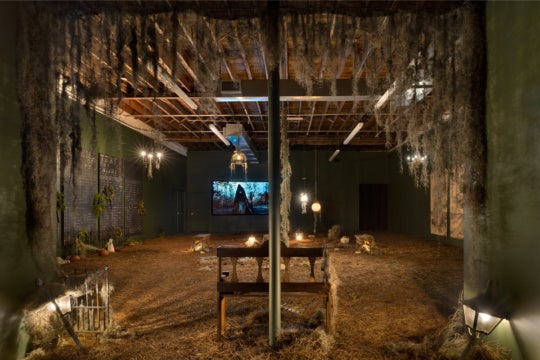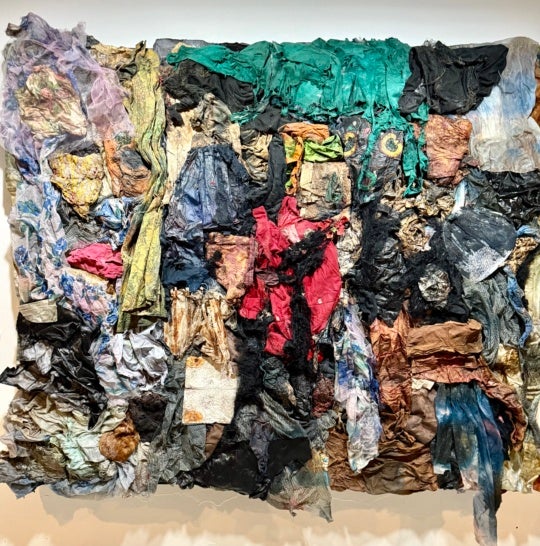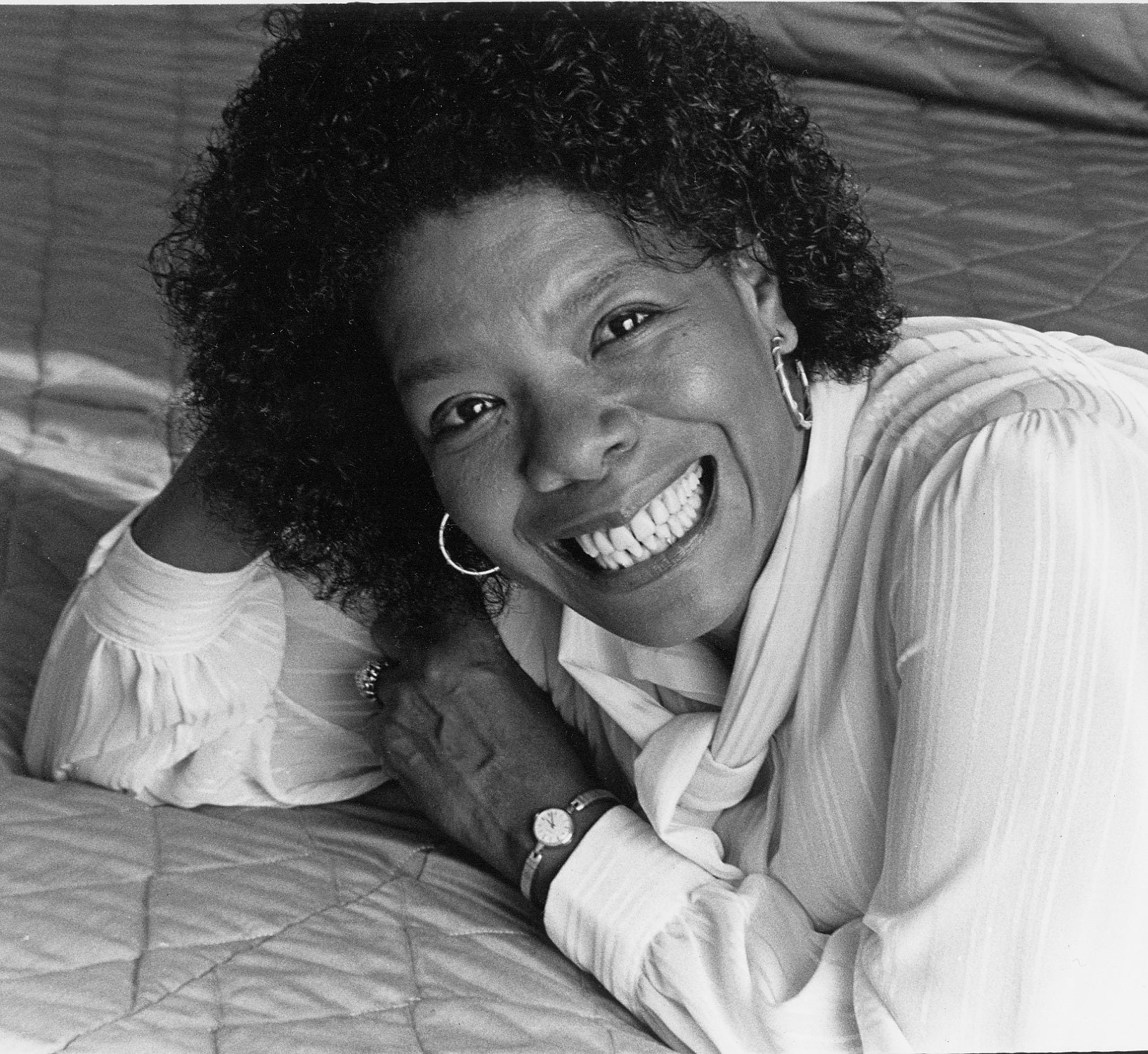
“Who knew it was a sista?” might be the question that comes to mind when viewing the work of African-American commercial photographer Barbara DuMetz, whose exhibition, “The Creators: Photographic Images of Literary, Music and Visual Artists,” is on view through July 10 at the Southwest Arts Center in Atlanta. It is just a small composite of her career, which spans four decades. With a flourishing career 1970s Los Angeles, DuMetz has created memorable ads for Coca-Cola, Delta Airlines, McDonald’s, Essence Magazine and Black Enterprise, to name a few.
But her “Creators” series is something special. For it, she has captured more than two-dozen influential African-American artists, including Gordon Parks, Quincy Jones, Bebe Moore Campbell, and Maya Angelou. I sat down with the artist at her exhibition to discuss her work and current show. We discussed the difficulties of being black and a woman in the advertising industry and the changing portrayals of African-Americans in the media.
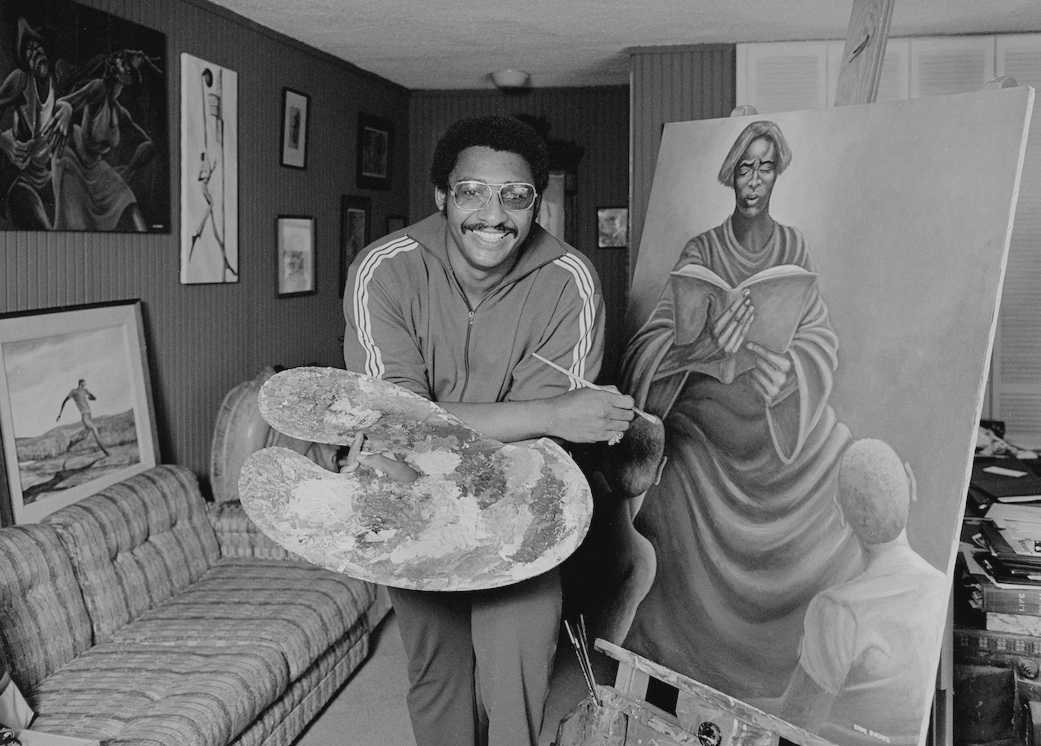
Annabella Jean-Laurent: I’m interested in what you as an African-American female found the most challenging as a commercial photographer?
Barbara DuMetz: At that time, having a representative was a big deal but I never really had a successful one cause it was hard selling me. I’d go into ad agencies, and I was so unusual coming in, and the [directors] would always think I was the representative [rather than the photographer]. So the biggest challenge I’ve had to face was consistently making sure that I got work from whatever sources I could find, because I was determined to make my living doing this.
But the black advertising agencies were starting to blossom and gain ground, so I decided to go to them to get work. I built a rapport with publications like Essence Magazine and Black Enterprise. The first ad I did was for Kraft Foods in 1977. And that was through a black female-owned ad agency, and that was a really big deal. So I came along at the right time, working with and for African-Americans.
AJL: What, if any differences, do you notice in ads today?
BD: I can see that the images that they’ve produced in the ’90s and into the 2000s are conflicted now, because you have white people putting ads together and there is a new approach to portraying African-Americans. It’s not necessarily what we all want to see. I’m kind of old school, but I want to see something that represents us in a classier way.
AJL: It’s not in this show, but I want to get an idea of how you’ve aimed to present the kind of image you want shown. So tell me about how you created one of your most memorable ads, which was for Coca-Cola?
BD: Well, the ad agency was trying to get the look of kids playing through the fire hydrants, which you would see in many prints today, typically set in cities like New York. So I told the art director, “We really need to recreate a set,” because there are no old, red fire hydrants in California, where the ad was shot. And particularly you were not going to find one set up against a brick wall, because everything was mostly stucco. So we used an old brick wall that happened to be behind my photography studio, which was in an older building. I had the Coca-Cola logo painted on it, and built a sidewalk out of wood, and painted it to appear like it was cement. Then grass was stuck between the walls and sidewalk to make it appear authentic. Finally, [my team] made a fire hydrant out of fiberglass, and a hose was run underneath the sidewalk, from a utility sink behind my studio, to appear like it was coming from the fire hydrant. To this day, people think that entire image is real.
I create an atmosphere. I like the excitement of production—the organizing, putting all the pieces together, and turning it into something.
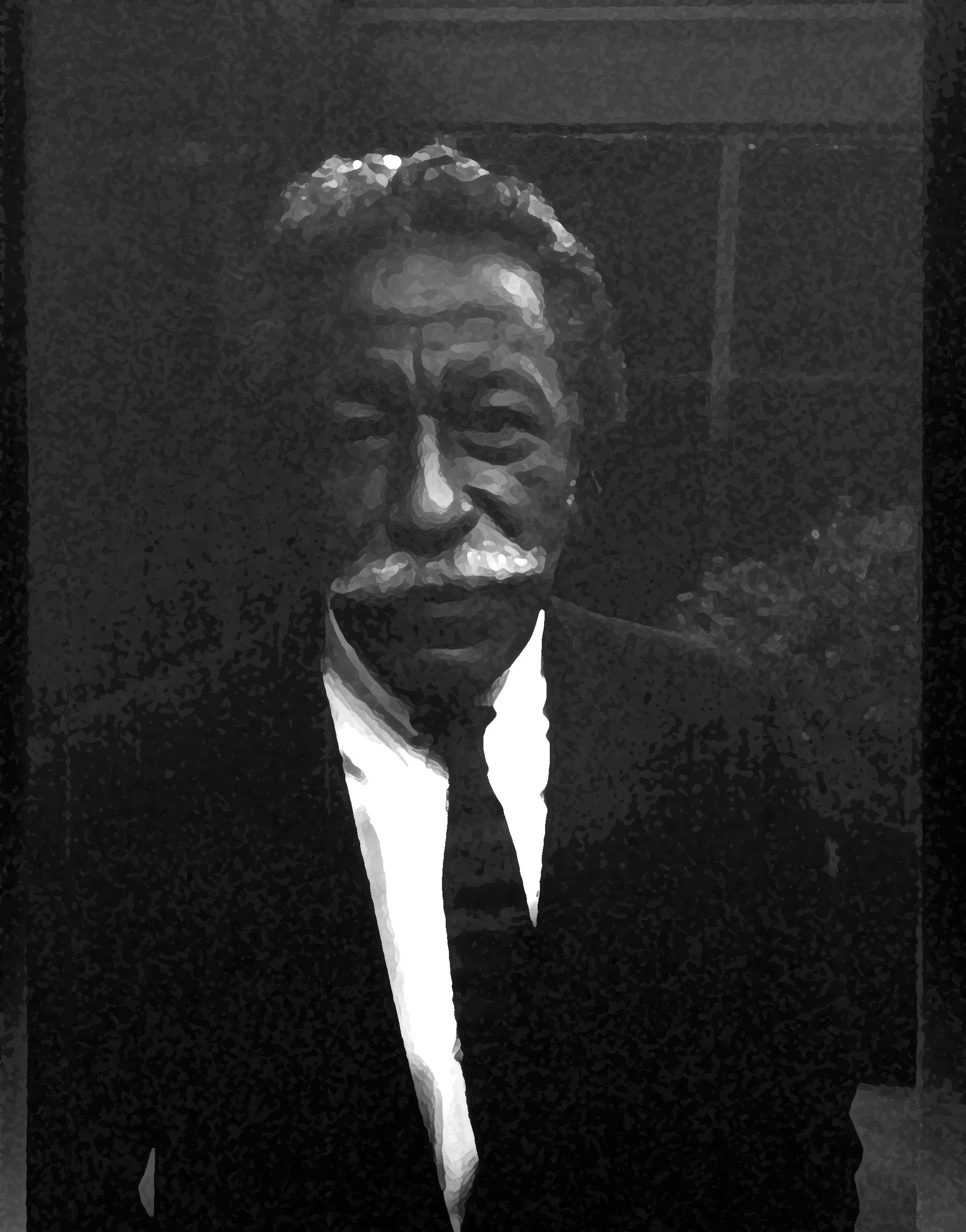
AJL: What do you hope people gain from “The Creators?”
BD: I once shot Thelonious Monk at a jazz concert with an Instamatic camera. I look back at what I’ve done, and would like my legacy and my body of work to represent the fact that I did it and would like people to be inspired.
“The Creators: Photographic Images of Literary, Music, and Visual Artists,” is on view at the Southwest Arts Center through July 10.
Annabella Jean-Laurent is an Atlanta-based freelance writer who blogs at militantbarbie.com. Her writing explores race, media, and gender in society.

This project is supported by the Georgia Humanities Council and the National Endowment for the Humanities and through appropriations from the Georgia General Assembly.

